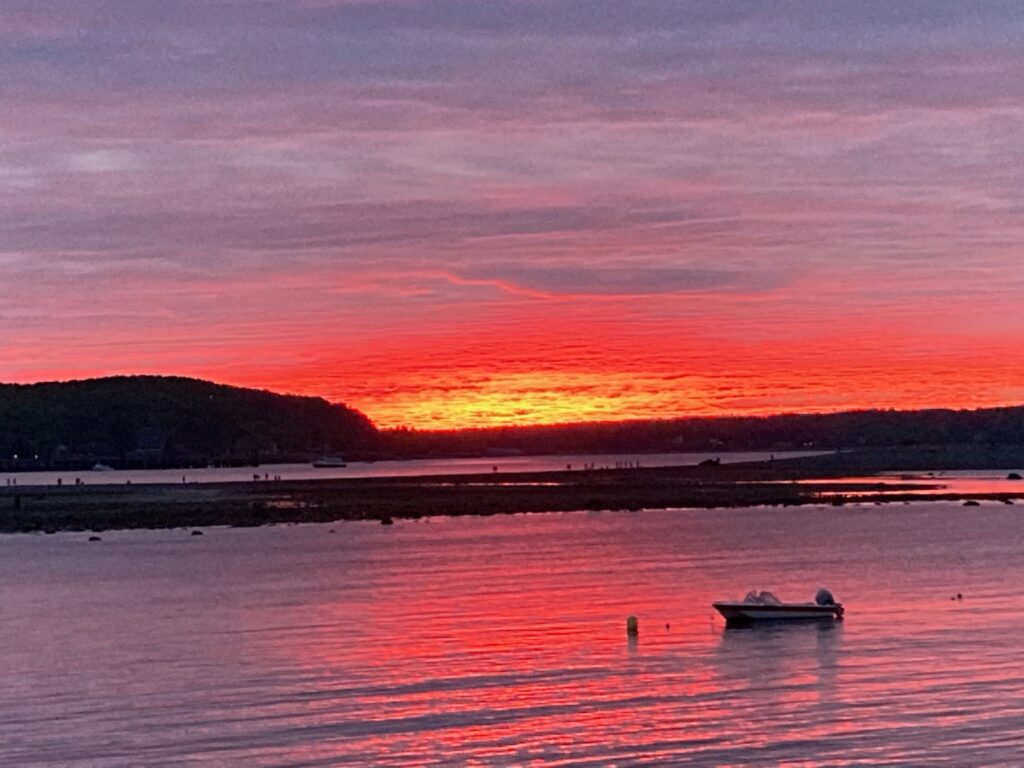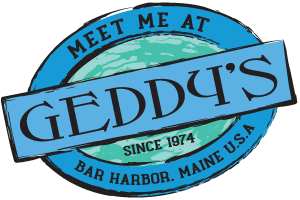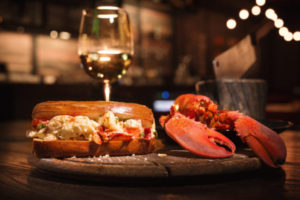History of Bar Harbor: Step Through Time | Geddy’s
Throughout history, Bar Harbor’s natural beauty has attracted visitors from far and near – looking to relax and explore in the splendor of Mount Desert Island. Visitors enjoy its rugged coastline, serene lakes, barren mountain peaks, and quaint seaside villages. Coupled with its many restaurants, art galleries, entertainment venues, and boutique shops, Bar Harbor, Maine remains the perfect adventure for everyone … and a top destination for vacationers.
So, step back in time, as we trace the evolution of Bar Harbor … and its fascinating history throughout the ages from early Native Americans through the Gilded Age to Modern times.
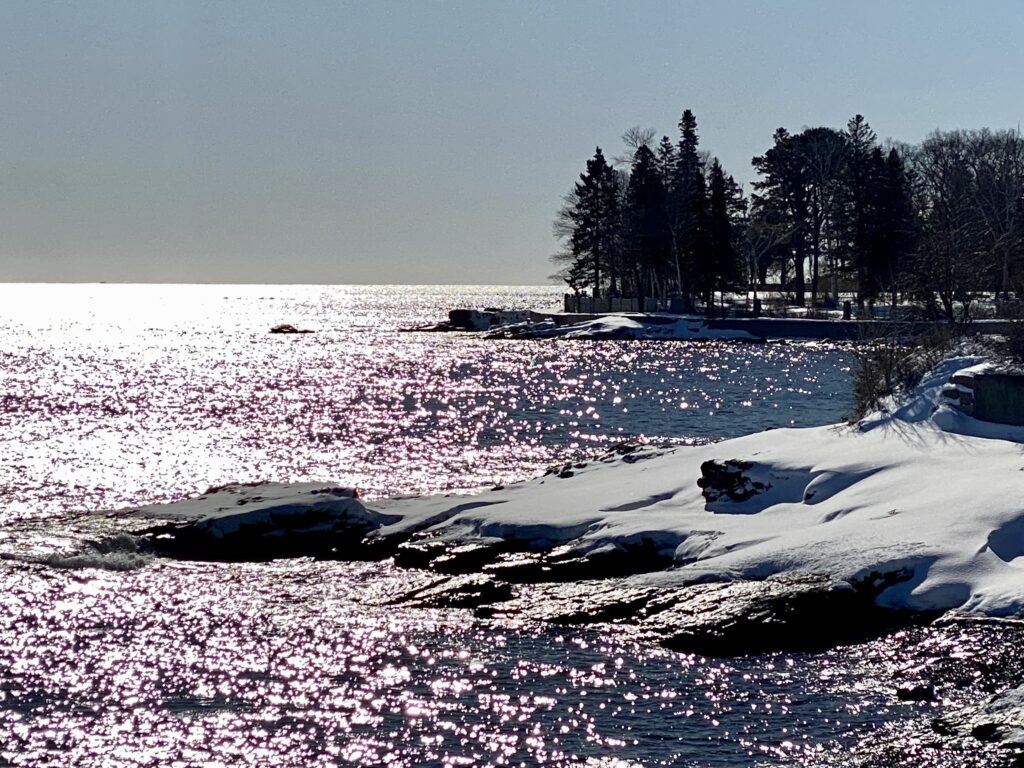
NATIVE AMERICANS INHABIT MOUNT DESERT ISLAND, MAINE
Circa 10,000 BC – 1600 AD
- The Wabanakis, “People of the Dawnland,” inhabit Maine approximately 13,000 years ago. They comprise four principal nations: the Penobscot, Passamaquoddy, Maliseet, and Micmac.
- During the summer, these tribes gather to trade, hunt, and fish on Mount Desert Island. They refer to the island as Pemetic, meaning “range of mountains” … and to Bar Harbor as the moneskatik, “the clam digging place.”
- The Wabanaki Confederacy lives off the land and sea – hunting, fishing, and gathering clams, plants, and berries. Today, many of Maine’s culinary delights have Indigenous roots – seafood, shellfish, maple syrup, and blueberries.
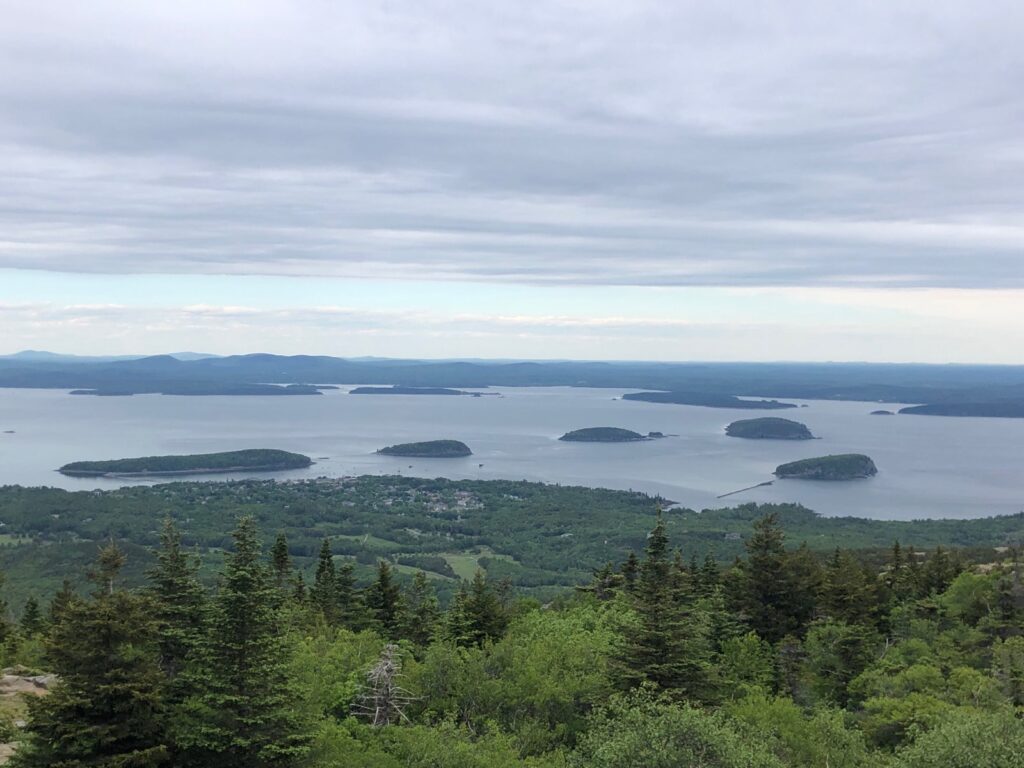
MOUNT DESERT ISLAND’S FIRST SETTLEMENTS
1600 AD – 1844 AD
- 1600 – The Wabanaki Confederacy numbers 32,000 American Indians.
- 1604 – Wabanaki Chief Asticou welcomes French explorer Samuel de Champlain, who lands in Somes Sound on Mount Desert Island. Champlain renames the island “Isle des Mont-Deserts” or “island of the bare mountains.” The Asticou Inn in Northeast Harbor bears the chief’s name.
- 1688 –The French government grants land rights to Antoine de la Mothe, Sieur de Cadillac for Mount Desert Island, and the surrounding Maine coast. The name of Acadia National Park’s Cadillac Mountain comes from this famous French explorer.
- 1761 – Abraham Somes establishes Somesville, the first permanent European residence and oldest settlement on Mount Desert Island. James Richardson is another early settler, and Richardson remains a prominent family name on the island.
- 1763 – Europeans Israel Higgins and John Thomas settle in Bar Harbor and incorporate the town as Eden in 1796, after prominent British statesman Sir Richard Eden.
- 1820 – Maine becomes the 23rd state in the Union.
- 1837 – The building of the first toll structure across the Mount Desert Narrows – connecting Mount Desert Island to the mainland. According to the Mount Desert Island Heritage, “The cost was 10 cents for a horse and rider, 15 cents for a team of horses, and 25 cents for a double team.”
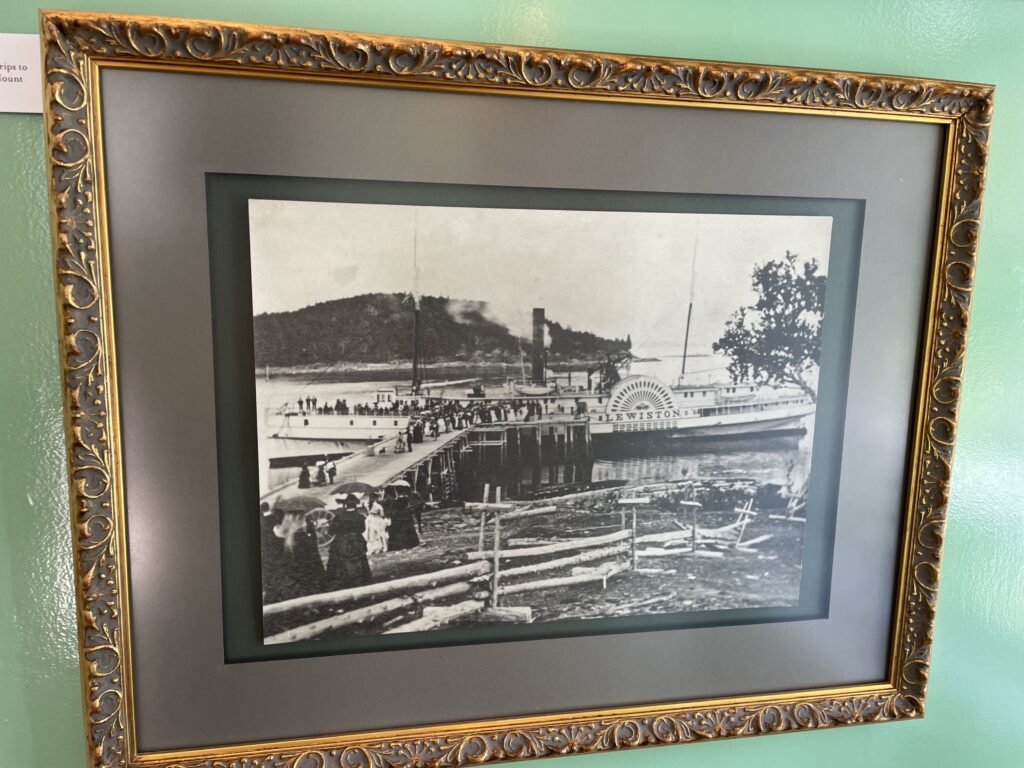
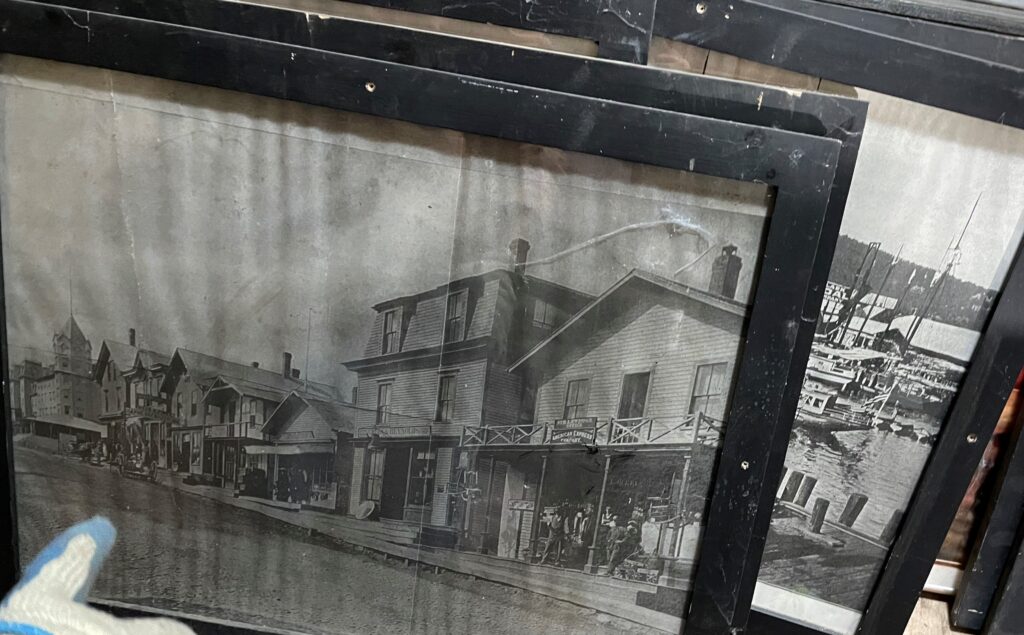
THE HUDSON RIVER SCHOOL ARTISTS
1844 AD – 1880 AD
- In 1844, Hudson River School founder and painter Thomas Cole visits Mount Desert Island (“MDI”) and begins painting landscapes – depicting the grandeur of the rugged terrain and seascape. Other famous Hudson River artists soon follow, including Frederic Edwin Church and Fitz Henry Lane.
- The dramatic scenic canvases quickly captivate the imagination of the wealthy and powerful in Boston, New York, and Philadelphia, referred to as “Rusticators.” These prominent families look to escape industrialized urban life for summers on Maine’s rustic coast.
- At the start of the Civil War in 1861, five generations of white settlers have established four towns on Mount Desert Island with a population of 4,000. Early industries are fishing, farming, lumbering, and shipbuilding. Additionally, the Wabanaki Indians begin to sell their art and crafts locally, including their traditional sweetgrass woven baskets. Today, they still make their fine baskets.
- In 1868, steamer paddle wheel boat “Lewiston” begins making regular passenger trips to Bar Harbor – further fueling the resort’s rapid growth.

BAR HARBOR’S GILDED AGE
1880 AD – 1947 AD
The Early Years of Bar Harbor’s Golden Era (1880 AD – 1887 AD)
- 1880 – With wealthy elites building grand summer “cottages” along the shoreline, Bar Harbor soon rivals Newport, Rhode Island as a popular summer playground of the rich and famous, with names such as Morgan, Rockefeller, Vanderbilt, Astor, and Ford. Additionally, these cottages feature gatehouses, stables, greenhouses, gardeners’ cottages, servant quarters, and coach houses. Demolished in 1953, Wingwood House, once located on the grounds of the Bar Harbor Ferry Terminal, had 80 rooms, 28 bathrooms, and a 30 room servants’ wing.
- 1878 – The beginning of the dairy farm industry on Mount Desert Island. With 45 dairies in its heyday, the island’s last commercial dairy farms closes in the 1980’s.
- 1880 – The completion of Kebo Valley Golf Club – the oldest golf club in Maine. In 1911, President Taft played golf here.
- 1881 – There are 30 hotels on Mount Desert Island and 17 hotels in Bar Harbor alone with reservations made up to two years in advance. The 600 room Rodick House, built by Daniel Rodick of Rodick Island (renamed Bar Island), is the largest hotel in Maine and one of the most famous society hotels in the country.
- During the Gilded Age, the affluent flock to Bar Harbor primarily by train, steamship, or combination, for the summer social season – attending extravagant parties, balls, concerts, luncheons, lectures, picnics, and tea receptions. They also partake in yachting, tennis, carriage rides, horseracing, and golfing. However, the opulent lifestyle of these extremely wealthy summer residents is not without scandals too.
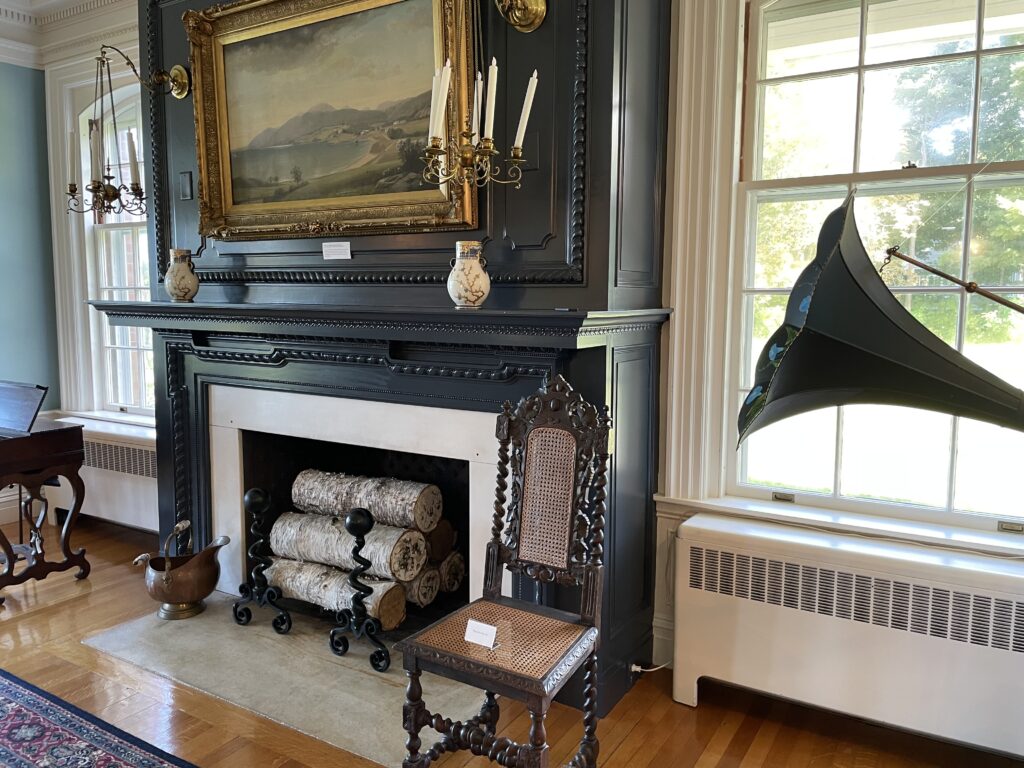
The Age of Opulence in Bar Harbor (1887 AD – 1913 AD)
- 1887 – The building of Briarfield cottage on Cottage Street in downtown Bar Harbor. From 1890 to 1902, the summer cottage is occupied by John Roll McLean, owner of The Washington Post and The Cincinnati Enquirer, and his family. Later, their son Ned would marry Washington socialite Evalyn Walsh McLean. In 1910, they acquire the Briarcliffe cottage on the town’s shore path. Immortalized in Cole Porter’s “Anything Goes,” Evalyn is also the last private owner of the Hope Diamond, frequently seen worn about town. In the 1920s, the name of the Briarfield changes to The Central House when the summer cottage becomes an inn.
- 1899 – The founding of The Pot and Kettle Club, an ultra-exclusive gentlemen’s social club, in Hulls Cove.
- 1902 – The completion of La Rochelle Mansion, a waterfront estate, in the historic West Street District. Once owned by the Campbell Soup family, the cottage now serves as a museum, owned by the Bar Harbor Historical Society. Visit the museum to learn more about the history of Bar Harbor … and the town’s connection to the RMS Titanic.
- 1912 – Wealthy Bar Harbor summer residents set sail on the Titanic’s maiden voyage. Passenger Colonel John Jacob Astor IV is the wealthiest passenger on the ocean liner. He is returning from his honeymoon in Europe with new wife Madeleine. She is expecting their first child. Assigned to the captain’s lifeboat, dubbed the “Millionaire’s Boat,” it launches shortly before the sinking of the Titanic. Colonel Astor and many others perish in the ill-fated tragedy. After his death, Madeline continues to summer in Bar Harbor with her family … and remarries her second husband in Bar Harbor’s St. Saviour’s Episcopal Church.
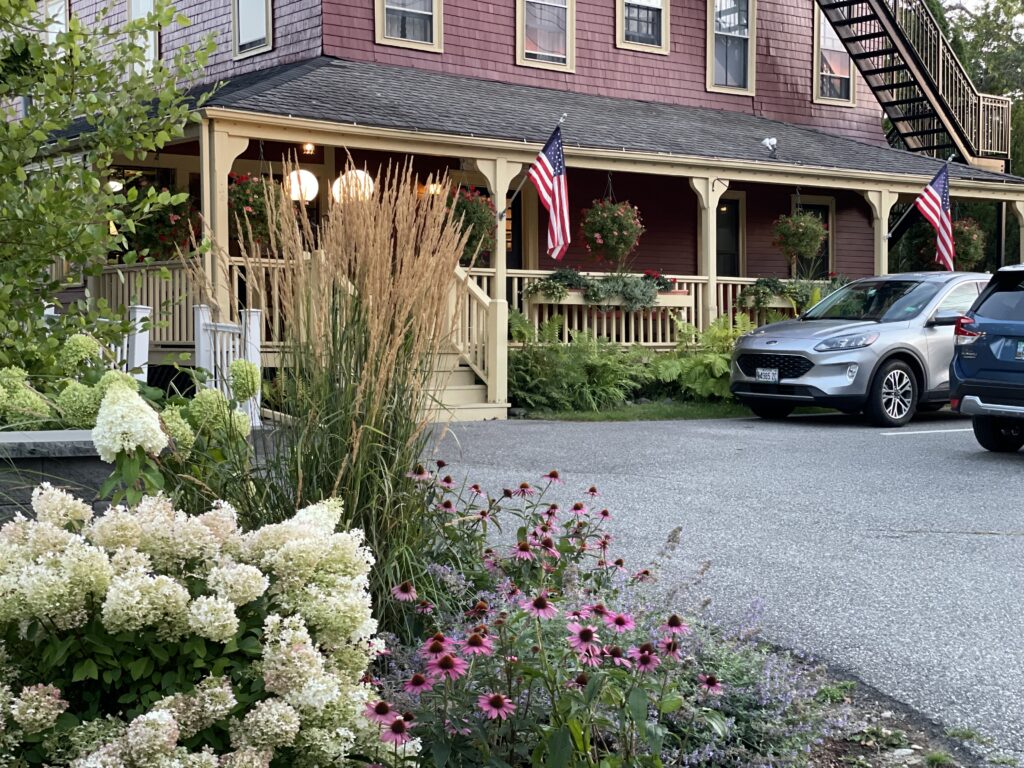
The History of Bar Harbor Philanthropists (1913 – 1929)
- 1913 to 1941 – Philanthropist John D. Rockefeller, Jr. donates land to Acadia National Park. He also builds the famous carriage roads for the enjoyment of hiking, biking, horseback riding, and carriage rides. With the lifting of the automobile ban in 1913, Bar Harbor experiences one of its busiest summer seasons.
- 1916 – President Woodrow Wilson establishes Sieur de Monts National Monument on Mount Desert Island – now, Acadia National Park.
- 1918 – The official renaming of the town of Eden to Bar Harbor to reflect the dramatic sandbar connecting Bar Island to Bar Harbor at low tide.
- 1919 – Lafayette National Park, formerly known as Sieur de Monts National Monument, becomes the first national park east of the Mississippi. In 1929, the name is changed to Acadia National Park.
- 1926 – The founding of The Abbe Museum by Dr. Robert Abbe, a prominent physician and summer resident. In 1928, the museum opens to the public – serving to celebrate the culture and heritage of the Wabanaki people. Please visit the museum to learn more about the Wabanaki history.

The Later Years of the Golden Era in Bar Harbor (1929 – 1941)
- 1929 – At the start of the Great Depression, J.P. Morgan builds the Bar Harbor Club – replacing the Bar Harbor Swimming Club. The Bar Harbor Club serves as the major social center for the island’s elite, with members like the Rockefellers and Pulitzers. The club continues to operate as a private club until the 1980s.
- 1930 – The building of The Bayview, a waterfront cottage, on Eden Street by Major George McMurtry. Major McMurtry was one of Teddy Roosevelt’s “Rough Rider” … and married to Vanderbilt heir Theresa Fabbri. Designed by prominent Long Island architect Bradley Delehanty, who also designed the Bar Harbor Club, The Bayview is the last built of the Gilded Age big cottages.
- 1932 – The historic Criterion Theatre, in its Art Deco style with “speakeasy” basement, opens to a lavish crowd of 2,000 and congratulatory telegraphs from stars like Greta Garbo, John Gilbert, Joan Crawford, and John Barrymore.
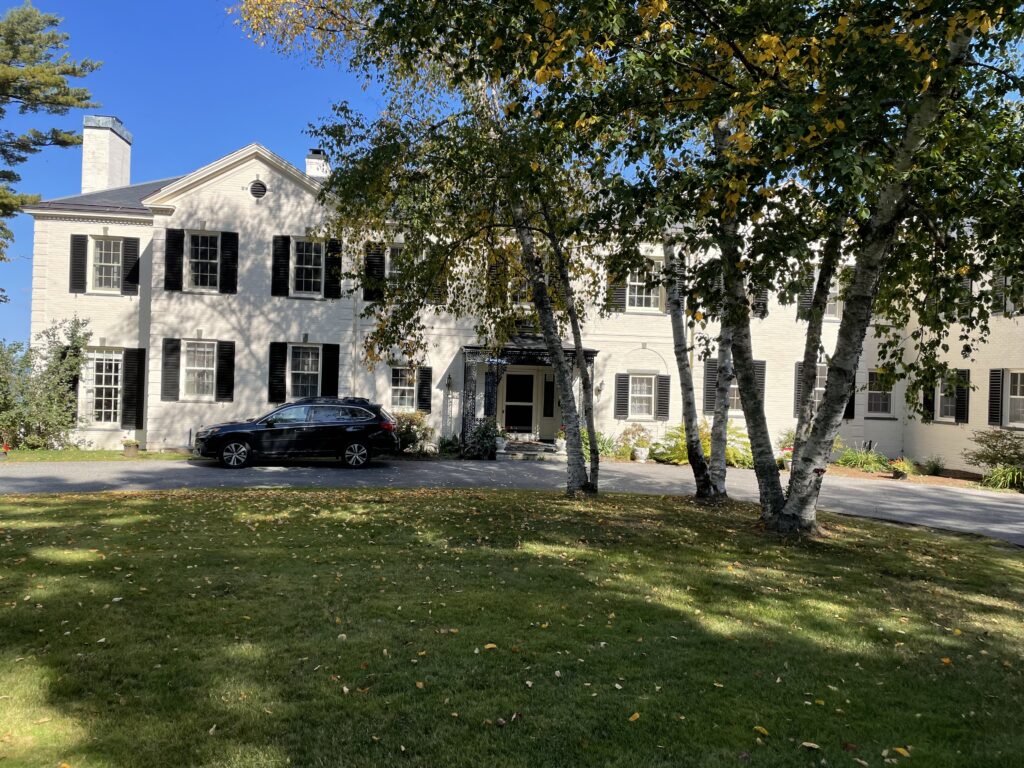
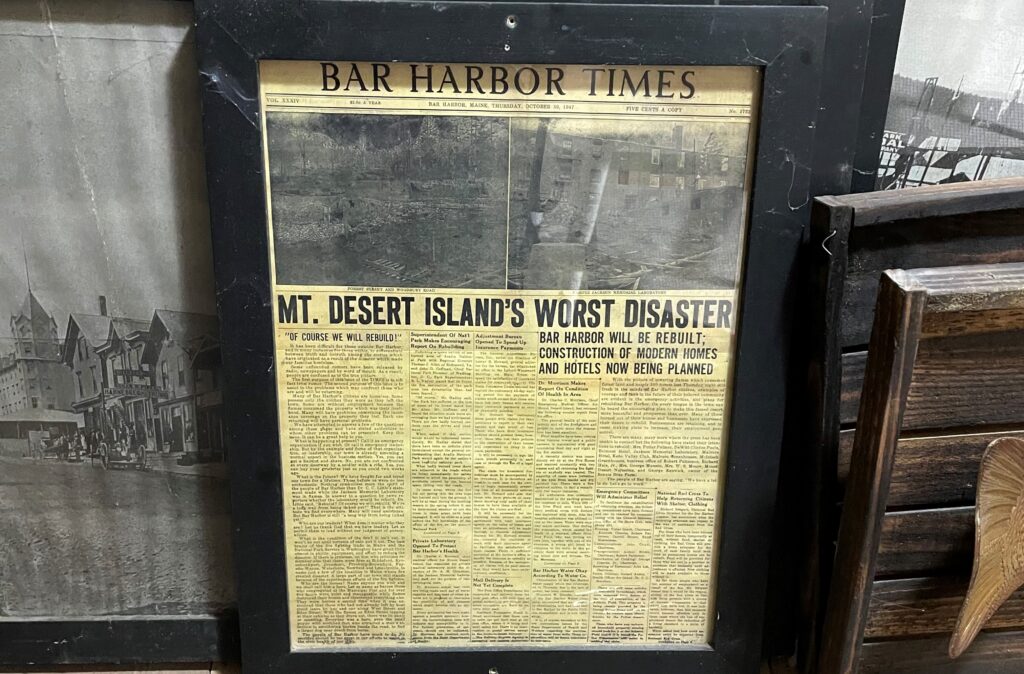
The Closing of the Chapter: Bar Harbor’s Gilded Age (1941 – 1950)
- 1941 – The removal of the steamship, now obsolete, as a means of transportation to Bar Harbor.
- 1943 – Sir Harry Oakes is one of the richest men in the world. In 1943, his mysterious murder in the Bahamas shocks the upper echelons of high society. The cast of characters resembles an Agatha Christie novel – a Nazi spy, the Mafia, a beautiful socialite, a respected houseguest, and British royalty. His funeral takes place at “The Willows,” his summer cottage in Bar Harbor (now part of The Atlantic Oceanside Hotel & Event Center). Shortly thereafter, there is an arrest for the brutal murder, his son-in-law Count Alfred de Marigny. He is eventually acquitted of the murder, which still remains unsolved today.
- 1947 – The vibrancy of Bar Harbor’s summer community begins to fade with the passage of income tax in 1913, the Great Depression (1929 – 1939), and WWII (1939 – 1945). However, it is the Great Fire of 1947 that alters Bar Harbor’s history forever – burning 1/3 of the island and destroying 25% of its 667 year-round homes and 30% of the 222 grand summer cottages. It is the Fire of 1947 that finally eclipses Bar Harbor’s Gilded Age.
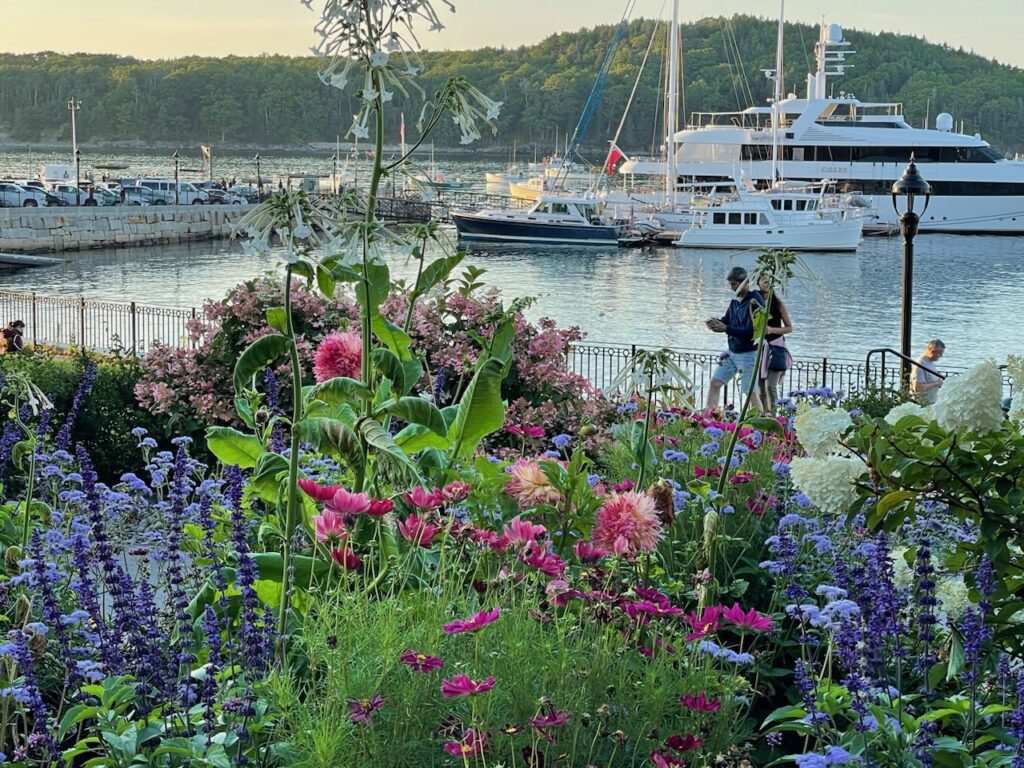
MODERN AGE – TODAY’S BAR HARBOR
1950 AD – PRESENT
- Today, Bar Harbor is yet again a vibrant community and great summer destination for everyone, particularly families. Carrying on the tradition of Wabanaki Village Chief Asticou, residents welcome all to the island.
- Acadia National Park, a top Bar Harbor highlight, attracts over 3+ million visitors each year, The park offers more than 49,000 acres to explore – comprising half of Mount Desert Island.
- Just like the Gilded Age, visitors delight in hiking, biking, horseback riding, golfing, and boating. Additionally, there are many guided tours, excursions, and museums.
- The Bar Harbor Chamber of Commerce also serves as a great resource for planning your trip.
- Once again, famous artists, celebrities, politicians, and industry titans enjoy summer cottages on Mount Desert Island – including Martha Stewart, Susan Sarandon, and Roxanne Quimby. Also, three of the “Fortune 400” wealthiest Americans have properties on Mount Desert Island – Abigail Johnson, of Fidelity Investments, Texas supermarket magnate Charles Butt, and oil and gas tycoon Robert M. Bass of Texas. Read more.
- As remnants of the Gilded Age, the grand “cottages” of yesteryear are still visible throughout the area. In fact, some of these cottages, like The Bayview, offer weekly rentals through The Knowles Company.
- Today, the Wabanaki Confederacy still exists with an estimated 8,000 Wabanaki tribal members scattered throughout Maine – in towns, cities, or state communities (reservations).
- As with their Wabanaki ancestors, Bar Harbor is known for its wild blueberries and fresh local seafood, including clams, fish, and lobster. In fact, Maine is the largest producer of blueberries in the world. And over 5 million lobsters are eaten in Bar Harbor alone each year.
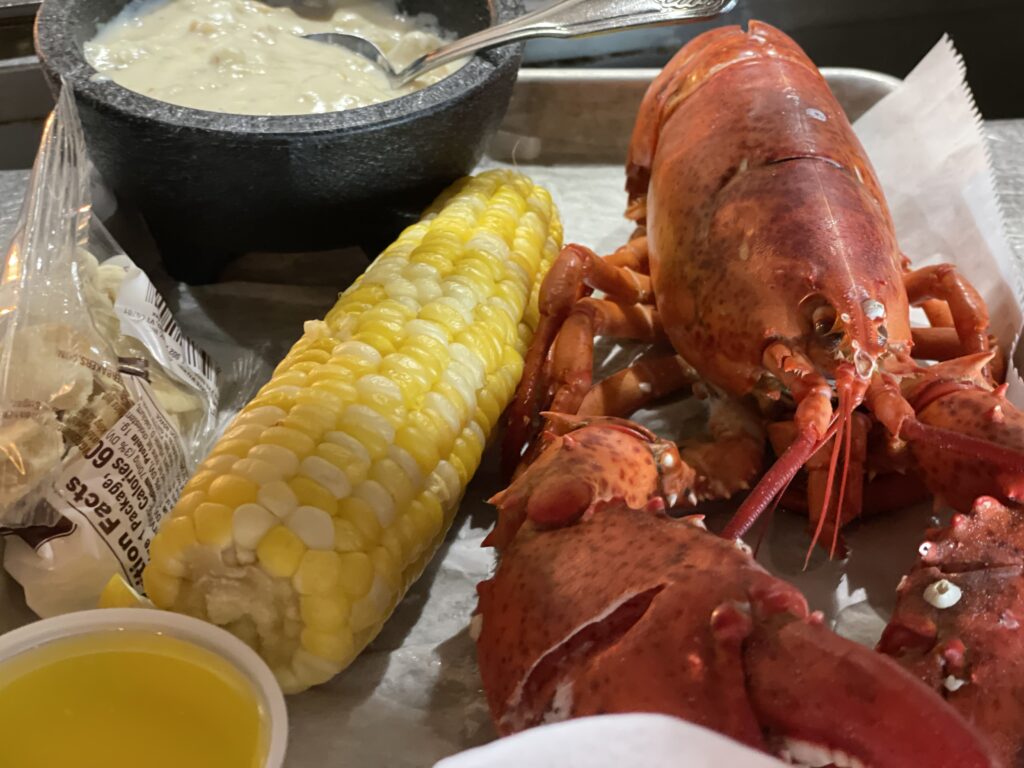
LOOKING FOR A TASTE OF BAR HARBOR’S HISTORY?
Experience Geddy’s, one of the oldest establishments in town. Located in downtown Bar Harbor, the restaurant offers fresh and sustainable New England coastal cuisine caught in the waters directly in front of the restaurant. With historic memorabilia and vintage photos lining the walls, dine on fresh seafood – lobster, lobster rolls, crab, haddock, flounder, clams, oysters, and more. Enjoy the colorful and lively history of this Bar Harbor mainstay, a world-famous destination with past entertainers, including Bonnie Raitt, Arlo Guthrie, Wynton Marsalis, Taj Mahal, Pure Prairie League. “You haven’t been to Bar Harbor, until you have been to Geddy’s.” So, come bring your appetite … and journey with us through time. Geddy’s – A Bar Harbor tradition since 1974.
“Anything Goes” – Cole Porter,
Heather
(Owner)
